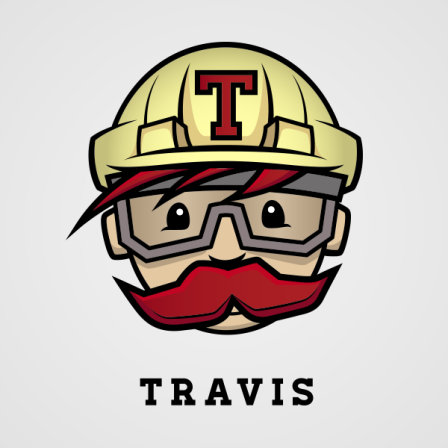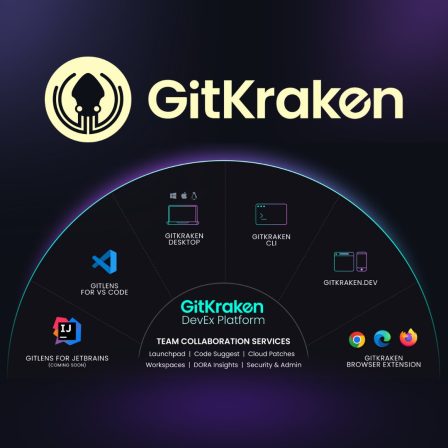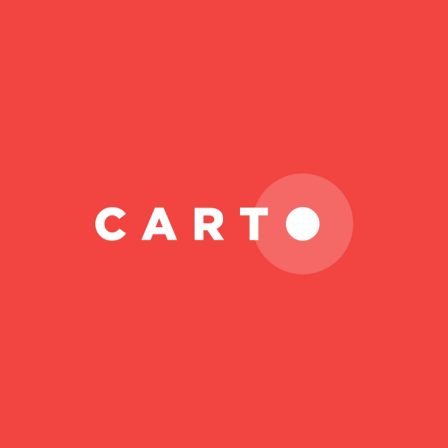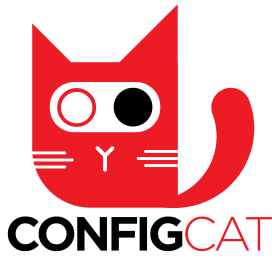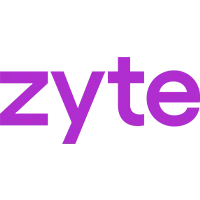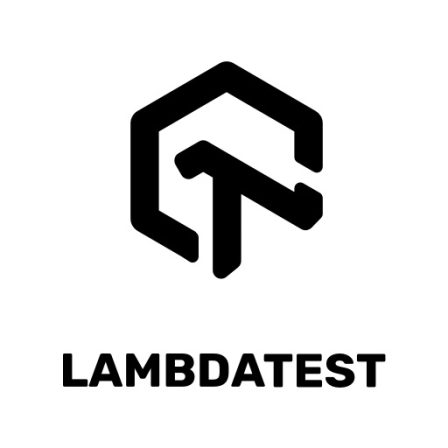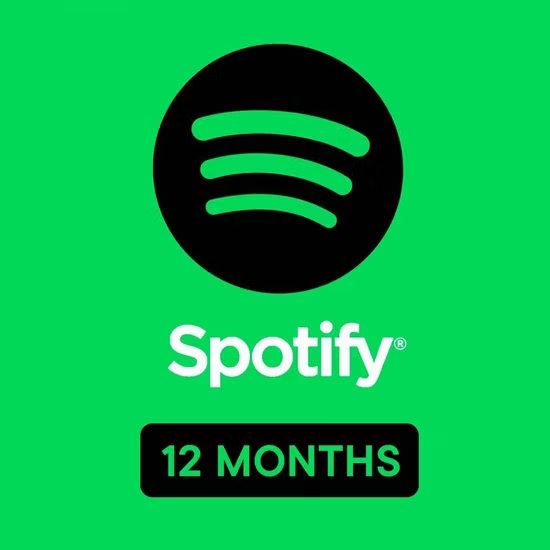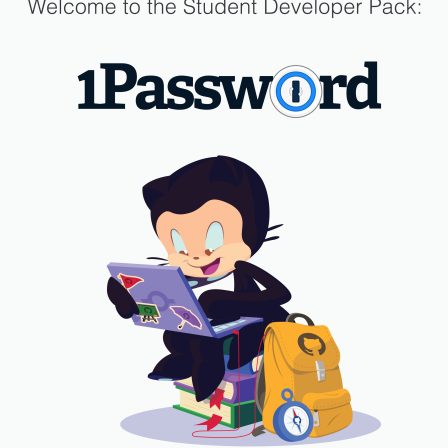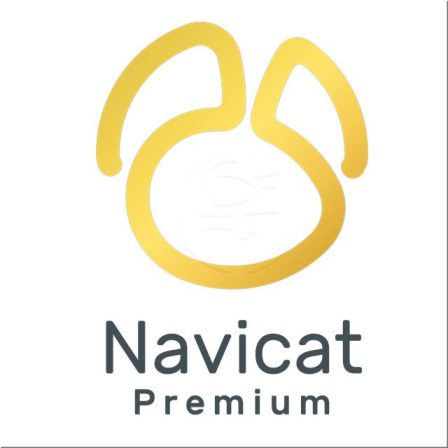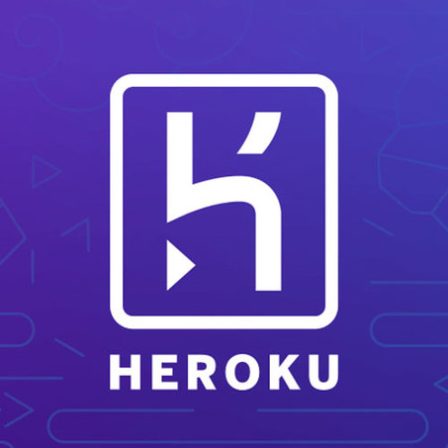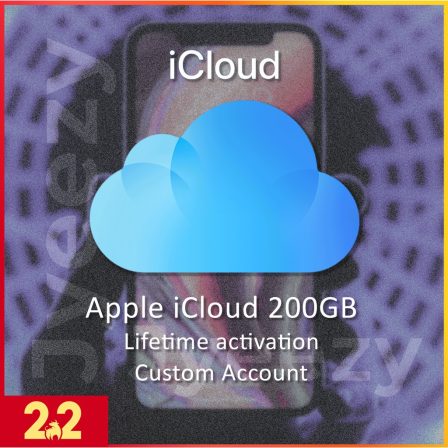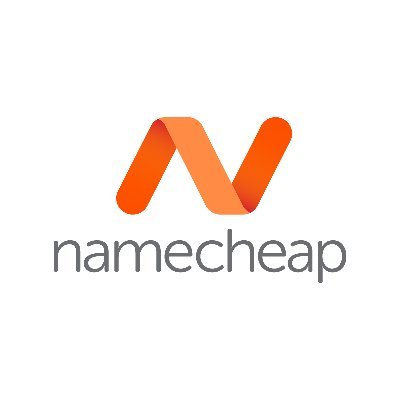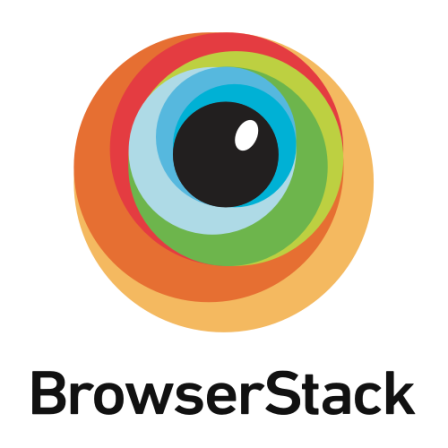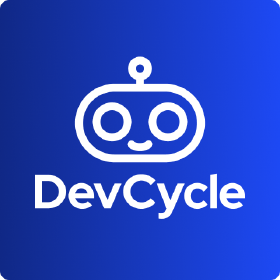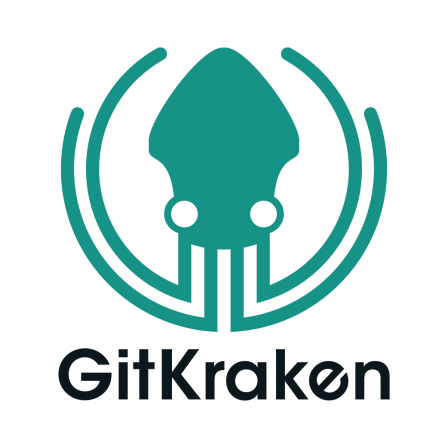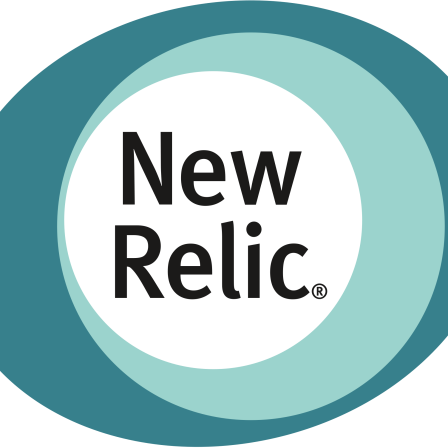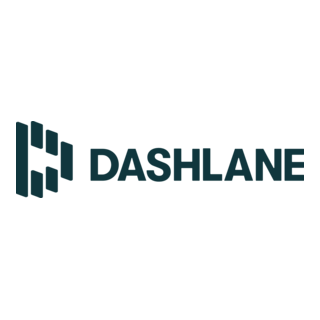There is no item in your cart

The Scripts on Your Site Are a Ticking Time Bomb: A Developer’s Guide to CSP and SRI
You’ve secured your server, patched your backend, and sanitized every user input. Your application feels like a fortress. But what if the biggest threat to your website isn’t on your server at all? What if it’s that innocent-looking analytics script or customer support widget you added last week?
Welcome to the world of client-side supply chain attacks. Every third-party script you embed on your site is an act of trust, and if that third party is compromised, your users’ data can be stolen without your server ever being breached. In 2025, robust web security means defending the frontend as rigorously as the backend. This guide will show you how, using two powerful, built-in browser features: Content Security Policy (CSP) and Subresource Integrity (SRI).
The Threat: Why Third-Party Scripts Are Risky
When you add <script src="https://some-service.com/widget.js">, you are giving that service complete control over your webpage in the user’s browser. If an attacker compromises some-service.com and modifies widget.js, they can:
- Skim credit card information from your checkout page.
- Steal user login credentials.
- Redirect your users to phishing sites.
- Inject malware or unwanted ads.
Your First Line of Defense: Content Security Policy (CSP)
CSP is a security layer that helps you control which resources are allowed to be loaded on your page. You define a “whitelist” of trusted sources, and the browser will block anything that isn’t on the list.
- What it is: A special HTTP header you send from your server.
- How it works: You define policies for different types of content. For example:
Content-Security-Policy: default-src 'self'; script-src 'self' https://trusted-analytics.com; img-src 'self' https://images.mycdn.com;This tells the browser: “Only load scripts from my own domain andtrusted-analytics.com. Only load images from my domain andimages.mycdn.com.” Even if a hacker injects a malicious script tag fromevil.com, the browser will refuse to load it.
Your Second Line of Defense: Subresource Integrity (SRI)
CSP ensures scripts are loaded from the right place, but what if the file at that place gets modified? That’s where SRI comes in.
- What it is: A way to verify that a fetched file (like a JavaScript library from a CDN) has not been tampered with.
- How it works: You add an
integrityattribute to your script tag, containing a cryptographic hash of the file you expect to load.<script src="https://code.jquery.com/jquery-3.7.0.min.js" integrity="sha256-2Pmvv0kuTBOenSvLm6bvf1S/bVOUxIBAI5TXA+wMoA0=" crossorigin="anonymous"></script>The browser downloads the file, calculates its hash, and compares it to the one in theintegrityattribute. If they don’t match, the browser refuses to execute the script.
Conclusion
In the modern web, your security posture is only as strong as the trust you place in your third-party scripts. By implementing a strong Content Security Policy and using Subresource Integrity for all external resources, you can build multiple layers of defense directly into the browser. It’s no longer an optional extra; it’s a fundamental requirement for building secure, trustworthy web applications.
Building a secure website is a multi-layered process. While CSP and SRI protect your frontend, a comprehensive security suite like [Astra Security] can protect your backend with a powerful firewall and malware scanner. Ensuring your team’s credentials and secrets are managed safely with [1Password] and [Doppler] is just as critical. Build your layered defense with the professional security tools available at SMONE.
